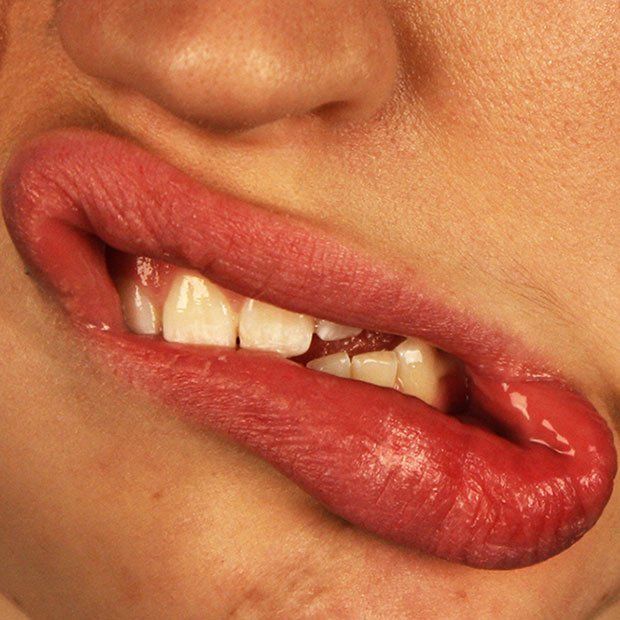Bleeding Gums: Causes and Treatment
Bleeding gums are the most common symptom of gum disease, but that’s not the only thing that can cause this problem.
Let’s take a closer look at bleeding gums, the various causes, and what we can do about it.
Gingivitis and Periodontitis
Over time, plaque (a sticky, bacteria-filled film that coats our teeth) builds up along our gumlines if we aren’t careful enough in our brushing and flossing routines. Eventually, plaque hardens into tartar, which irritates the gums , making them more likely to bleed and leading to gingivitis , or the early stage of gum disease.
More advanced gum disease is periodontitis, where the infection impacts the jaw and supportive tissues connecting the teeth to the gums as well as the gums themselves. Tooth loss is a major concern at this stage, so don’t let it get this far!
Vitamin C and K Deficiencies
If your gums are bleeding but you don’t have gum disease, ask your doctor to check your vitamin C and K levels , and make sure you’re including good sources of these vitamins in your diet, such as: citrus fruits, broccoli, strawberries, tomatoes, potatoes, and bell peppers for vitamin C, and watercress, kale, spinach, lettuce, mustard greens, soybeans, and olive oil for vitamin K.
Overbrushing Damages Gum Tissue
It’s also possible (though uncommon) to damage gum tissue to the point of bleeding (and worse) simply by brushing too hard. Remember when you’re brushing that you aren’t cleaning out tile grout; you’re cleaning soft, living tissue, and gentle brushing is enough. It’s best to use a brush with soft bristles. One way you know you’re probably brushing too hard is if the bristles quickly become bent outward.
A New Flossing Routine
Sometimes flossing for the first time in a while can cause a little bleeding, but this is no reason to stop flossing. The bleeding should clear up after a few days if there isn’t another cause, but make sure that you’re gentle on your gums when you floss . You want to get beneath the gumline, but avoid pulling straight towards the gums when getting between your teeth. Instead, work your way down carefully with a back-and-forth motion.
Protecting Your Gum Health
The first step to having healthy gums is good dental hygiene. This includes twice-daily brushing for a full two minutes with that soft-bristled toothbrush, daily flossing, and twice-yearly visits to the dentist. A good way to soothe tender gums is by swishing with warm salt water (but don’t swallow it). You might also want to consider switching to an electric toothbrush. They’re better at cleaning and you’re less likely to brush too hard with them.
Let the Dentist Take a Look
If you’ve noticed your gums bleeding when you brush or if they’ve felt sore or swollen lately, the first thing to do is to schedule a dental appointment. The dentist can determine what the source of the problem is and recommend the right next steps to take to get back to great gum health!











